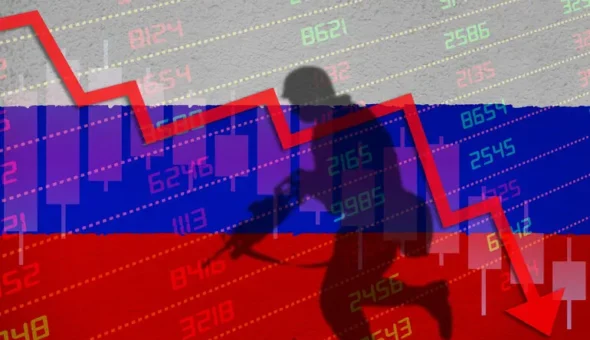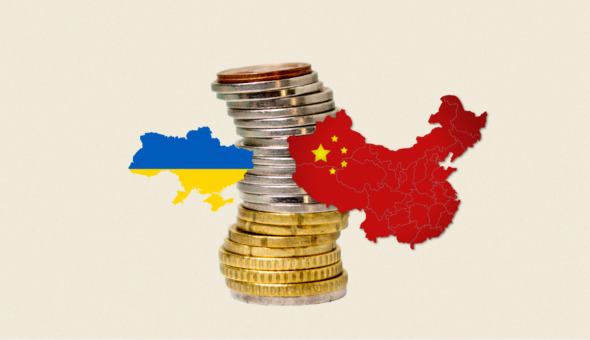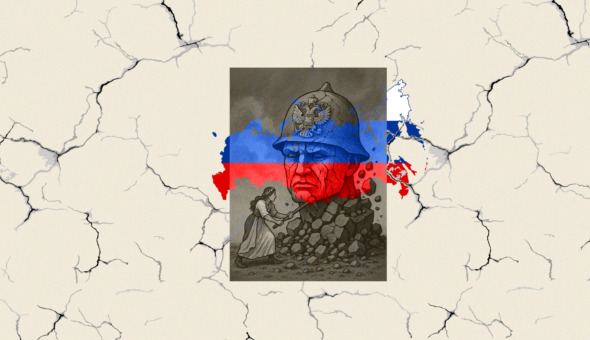
According to the World Bank, three billion tonnes of minerals and metals will be needed by 2050, and 50 more lithium mines, 60 more nickel mines and 17 more cobalt mines by 2030 to meet global net carbon targets. This means that the structural transformation of world economies or their important sectors is inevitable. In turn, the acceleration of economic structural transformation may be possible through the use of innovative technical capabilities and the development of policies that promote investment in these capabilities. Resource diplomacy and strategic investment in resource-rich countries will be one of the key tools for diversifying imports and thus strengthening security of supply.
Ukraine is among the richest European countries in terms of reserves of rare earth elements, titanium and lithium. And it can become a reliable partner in providing the EU not only and not even so much with critical raw materials for ensuring modern development trends, but as a country-producer, country-supplier of key products, key components of modern civilization. That is, we are talking about creating a kind of Hub of green technologies in Ukraine. After all, in addition to geological resources, Ukraine has a significant number of industrial sites equipped with the necessary infrastructure, qualified labor resources, and a significant number of world-recognized scientific centers.
But the weak link in the implementation of this idea is, in particular, the imperfection of environmental legislation due to insufficient transparency of the environmental sphere. Moreover, the analysis carried out by the experts of Ecology-Law-Human showed that we are facing the danger of even greater narrowing of the rights of citizens in the sphere of access to public information and participation in decision-making. In particular, on February 1, 2023, the government bill “On Amendments to the Law of Ukraine “On Environmental Impact Assessment” was registered in the Verkhovna Rada under number 8410. This is essentially the first systematic revision of the law on ATS since its adoption in 2017. As indicated in the explanatory table, the draft law was developed with the aim of improving the norms of the current Law of Ukraine “On Environmental Impact Assessment” in connection with the need to implement the principles of digitalization of the permit procedure, as well as with the aim of shortening the terms of the ATS procedure and reducing the discretionary powers of the body when adopting decisions within the procedure. The proposed changes are much broader and deeper than stated, and while most of them are worth implementing, some are causing serious concern among representatives of civil society.
Among the changes that can change the situation for the worse are the shortening of the procedure period, the reduction of the discretionary powers of the authorized body, the change in the methods of informing the public in the ATS procedure, etc.
The modern practice of applying environmental legislation in the geological field shows that the interests of the environment and citizens who live in or near mining areas are insufficiently protected and are taken into account as a last resort, and it is often possible to protect these interests only through lengthy and expensive court processes. An example can be the case of contesting the positive conclusion of the Department of Internal Affairs regarding the development of the Perzhansk beryllium deposit in the Zhytomyr Region on the territory of the Polissky Reserve.
Also, the strategic line to create in Ukraine a base for providing new technologies through the development of critical minerals and the creation of industries based on them should not override the already working roles of Ukraine, in particular, as one of the guarantors of food security and climate stability. When deciding the feasibility of expanding mining or production, the priority should be the ecological role of the region. Therefore, not only geologists, technologists, and geographers should be involved in the development of a strategy for creating a kind of hub of green technologies in Ukraine, but ecologists, zoologists, botanists, hydrologists and other specialists.
From the authorities of Ukraine, this requires decisive improvement of the Strategic Environmental Assessment system, Environmental Impact Assessment and the environmental control system as a whole (adopting draft law 3091, etc.), changes to the Basic Law “On Environmental Protection”, other laws and by-laws in accordance with the European legislation.



